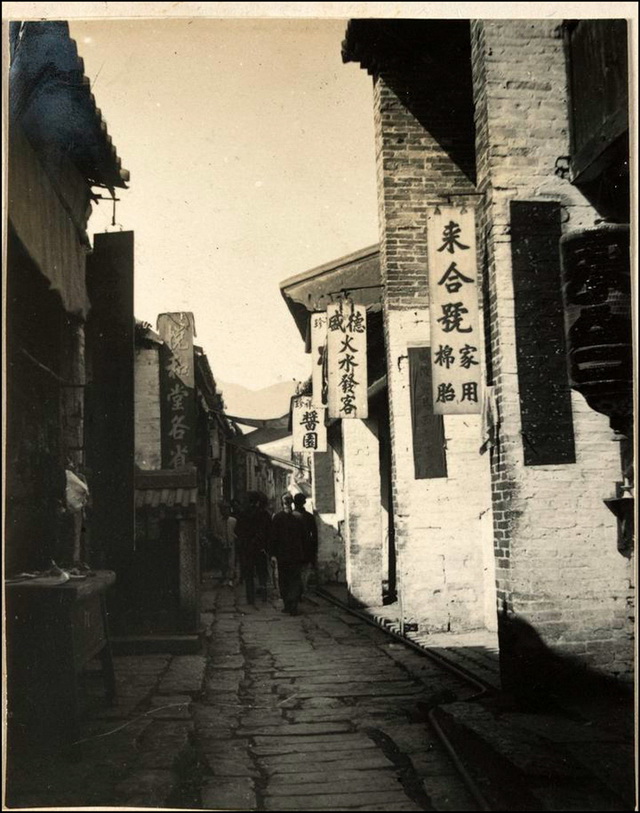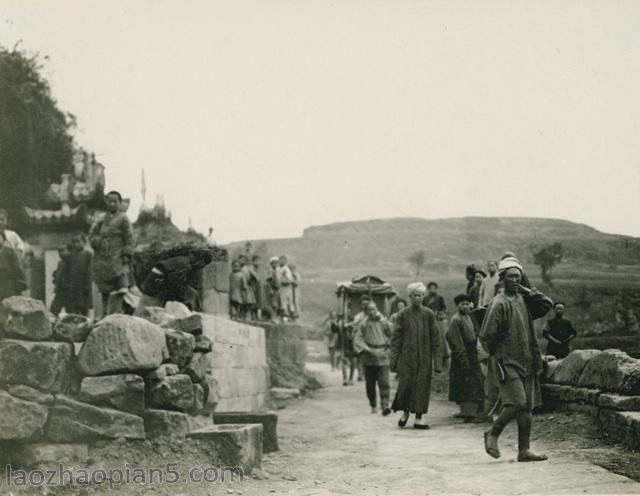[Porcelain blue paper simple flat star disk instrument]
Porcelain blue paper simple flat star disk instrument, Emperor Kangxi of the Qing Dynasty, 32.2 cm in diameter. The old collection of the Qing Palace
The simple planer astrolabe is made by projecting the celestial coordinates onto a plane, so it has the name of the plane celestial astrolabe, also known as the planer. It is used to observe the stars at night to determine the stars or positions, and to observe the sun shadow during the day to determine the time
The level instrument belongs to the astrolabe category. The astrolabe is one of the basic instruments of ancient western astrometry, and also a tool used by astrologers for astrological activities. The astrolabe is widely used in the west to measure the height of celestial bodies. The origin of the astrolabe can be traced back to ancient Greece, and is also popular in Europe and Arab countries in the Middle Ages. The astrolabe was introduced into China at the beginning of the Yuan Dynasty, but it has not been paid attention because it is not suitable for the traditional equatorial coordinates of China. At the end of the Ming Dynasty, the missionary Matteo Ricci and others came to China and introduced the astrolabe to China again. At the same time, the western missionary Xiong Sanpao compiled the relevant theoretical book – “Simple and Easy”, and Li Zhizao and others compiled the “Hungaitong Constitution”
The porcelain blue paper simple flat astrolabe uses equatorial coordinates. Because there is no speculum installed on the instrument, it is only a demonstration instrument in terms of function
![图片[1]-Porcelain blue paper simple flat star disk instrument-China Archive](https://chinaarchive.net/Qing dynasty/Clockwork instrument/9277[1024].jpg)


![[Qing Dynasty] British female painter—Elizabeth Keith, using woodblock prints to record China from the late Qing Dynasty to the early Republic of China—1915-China Archive](https://chinaarchive.net/wp-content/uploads/2022/11/image-191x300.png)


